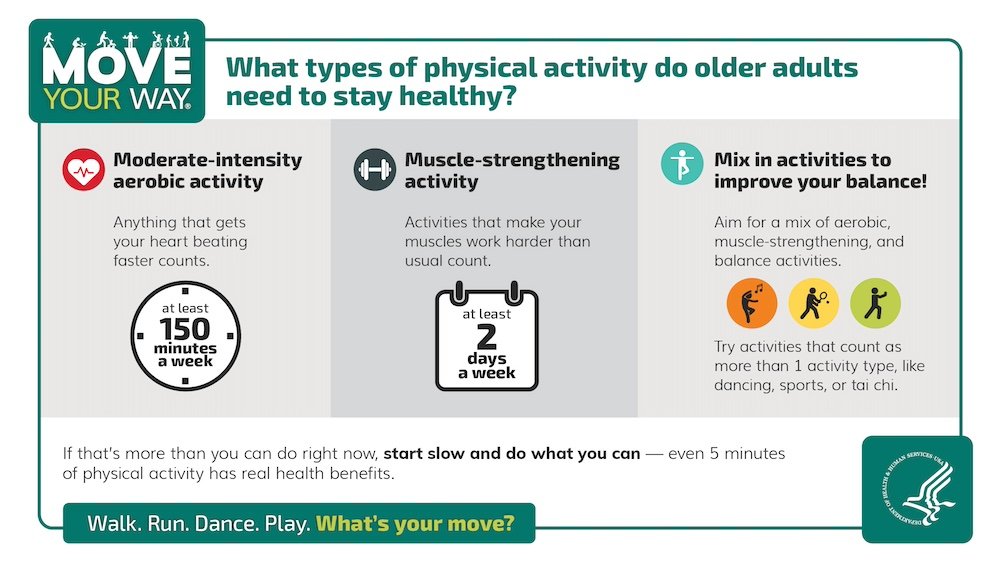While acute inflammation is a crucial part of our innate immune response, there are many instances when chronic inflammation leads to serious health problems. Read on to find out five ways you can reduce inflammation in your body.
Here are 5 ways you can reduce inflammation in your body:
1) Progressively increase your activity levels
Our nervous system is incredibly effective at conserving energy. When we are physically active on a regular basis our nervous will conserve energy so that we can keel this up! One of the ways that the nervous system conserves energy is by reducing levels of chronic inflammation in our bodies! Studies demonstrate an association between physical inactivity and low-grade systemic inflammation in healthy subjects, while regular exercise protects against diseases associated with chronic low-grade systemic inflammation (Petersen and Pedersen 2005).
I personally love hiking in nature. In one recent study a higher frequency of positive nature experiences was associated with lower levels of systemic inflammation in a large, national U.S. sample (Ong, Cintron and Fuligni 2024).
Of course, yoga can play a big role here too. A systematic review of randomized controlled trials looked at the relationship between yoga and immune functioning (Falkenberg, Eising, and Peters 2018). Fifteen studies met their inclusion criteria, and they concluded that, although the existing evidence is not entirely consistent, a general pattern emerged suggesting that yoga can downregulate proinflammatory markers. They suggested that these results imply that yoga may be implemented as a complementary intervention for populations at risk for or already suffering from diseases with an inflammatory component.
2) Seek knowledge about your physiology and challenge your perceptions about your wellbeing
Your thoughts and feeling can increase inflammation, and inflammation can also affect your thoughts and feelings! What someone says about their knee, for example, and how they feel about their knee can influence how it feels and how much inflammation there is!
What is the science behind this? Neurotags are a network of brain cells and neurons that correlate to a particular sensation or feeling that you experience. They are distributed across multiple brain areas, working in sync to produce outputs (i.e. response or reaction), once they are activated. Let’s stick to the example of the knee joint and imagine that I keep saying to myself “my knee is so messed up!” The neurotag that makes this statement overlaps with neurotags that actually trigger inflammation and create knee pain. Our brains are also bioplastic, so the more we activate any of these neurotags, the more readily they will become activated next time!
Our language (including our internal dialogue) creates our reality! By changing the way we think about our body, our experience of our body can change!
3) Prioritise sleep and rest
Over the past couple of decades, compelling evidence has demonstrated that disturbances of sleep such as insomnia complaints and extremes of sleep duration adversely influence risk of inflammatory disease and contribute to all-cause mortality (Irwin, Olmstead and Carroll 2016).
Top tips towards improving our sleep include keeping a regular schedule, putting our smart phones and laptops away at least an hour before bed and getting at least 30 minutes of natural light exposure every day.
4) Manage your stress levels
I’m so grateful for my stress toolbox! It includes yoga, meditation, pranayama, walks in nature with friends, working out and cooking. What activities make you feel less stressed?
If you have an occasion coming up that normally makes you feel stressed, can you create a plan ahead of time to help you manage things a bit better? It could be setting aside 5 minutes before and after an important meeting to do some breathwork. Or knowing that you can lock yourself in the bathroom for 10 minutes over the holiday period when things start to feel overwhelming.
Good social support is really important here too. Prioritize meaningful interactions with the people in your life who make you feel seen and heard.
5) Make some changes to the food and drink you eat
Eating more anti-inflammatory foods such as berries, dark chocolate and cocoa, green tea or matcha and turmeric can be really helpful. A very general guide would be to follow more of a Mediterranean diet.
Try to avoid highly processed foods, refined sugar and seed oils. Reducing alcohol consumption can also help to lower inflammation.
I found this article in Healthline to be quite a nice summary and includes lots of references to scientific studies.
References:
Falkenberg, R., C. Eising, and M. Peters. 2018. “Yoga and Immune System Functioning: A Systematic Review of Randomized Controlled Trials.” Journal of Behavioral Medicine 41:467-482.
Irwin, M. R., Olmstead, R., & Carroll, J. E. (2016). Sleep Disturbance, Sleep Duration, and Inflammation: A Systematic Review and Meta-Analysis of Cohort Studies and Experimental Sleep Deprivation. Biological psychiatry, 80(1), 40–52
Ong, A. D., Cintron, D. W., & Fuligni, G. L. (2024). Engagement with nature and proinflammatory biology. Brain, behavior, and immunity, 119, 51–55.
Petersen, A., and B. Pedersen. 2005. “The Anti-Inflammatory Effect of Exercise.” Journal of Applied Physiology 98:1154-1162.




